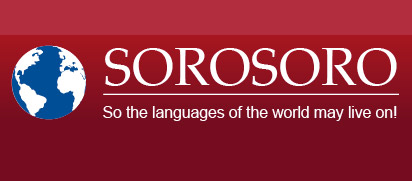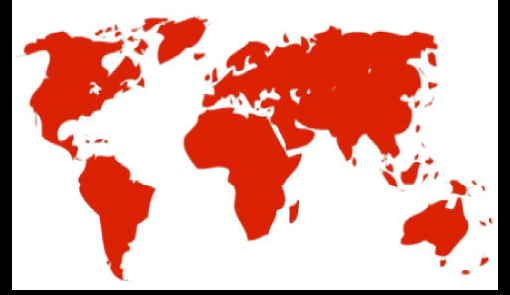Print  |
|


The Tamasheq language
Tamasheq (or Tamajeq, or Tamaheq, stemming from the word Tamazight) is the language of the Tuareg, a nomadic people that has been settled in the desert areas of North Africa for millennia, over a vast territory reaching from Mali to Libya, from Burkina Faso to Algeria, and including Niger. There are around one million speakers of Tamasheq.
As are Kabyle, Shawia, or Rifian, Tamasheq is actually a variant of Berber (or Tamazight), a group of languages found in the entire part of North Africa (Marocco, Algeria, Tunisia, Libya, Egypt, Niger, Mauritania, Mali, and Burkina Faso), not to mention a large diaspora in Europe and America. In total, estimations account for over 45 million speakers of Berber languages.
One distinctive feature of the Berber language is its writing. An alphabet known as Tifinagh appeared during the first millennium B.C., and despite its disappearing in most of the North where it was replaced by Roman and Arabic alphabets, the Tuareg have been using it ever since. In the second half of the 20th century, a modern version, first created by the Berber Academy, and then modified by linguists to reach a standard form that would be suitable to all types of idioms, is now widely used in the North, and was even formalized in Morocco in 2001. This Alphabet, known as Neo-Tifinagh, while raising enthusiasm in the North, still encounters reluctance among the Tuareg people.
Image & sound: Arnaud Contreras
Language advice: Salem Mezhoud
Editing: Caroline Laurent
Many thanks to Abdelkrim Touhami. Mohamed Hamza. Moussa Ag Keyna and Laurent Le Nevez from Toumast. Abdallah Ag Alhousseyni from Tinariwen. Mokhtar and Mohamed Zounga, Nicolas Loizillon, Badia Journet and the Akar Akar team. Mahmoud Bekkar from Syn Air. Nadia Bellalimat. Jean-Marc Durou. Fred Miguel. Zaid. Farida Sellal, Samira Clady-Farid and the Imzad Festival crew. Philippe Holvoet. Cornelis Van Voorthuizen. Benoît Auriol. Laurent de Verneuil. Grégoire Cruse. Sidiali Youlansar (Sakaï). The Ahaggar National Park team. The members of the “Sauver l’Imzad” (“Save the Imzad”) Association.








